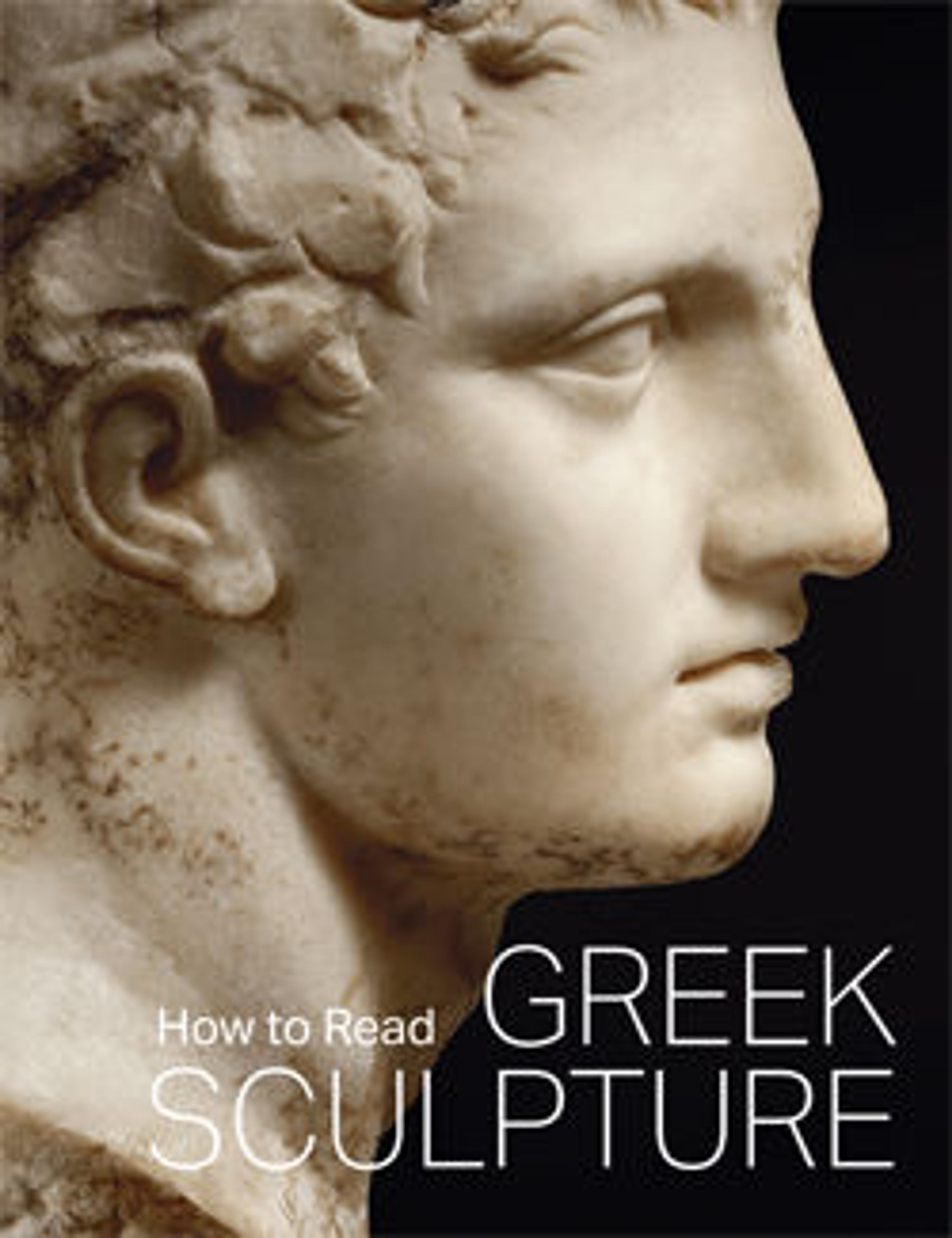Caryatid Mirror Depicting a Young Girl
In ancient Egypt, mirrors were a traditional component of toilette equipment, and copper alloy disks have been found in many burials. However, this exceptionally well-preserved bronze caryatid mirror is a rare type. The statuette of a young nude woman, who serves as this mirror’s handle, is adorned with a fancy braided wig capped by a lotus flower. She also wears elite jewelry: a broad collar, earrings, and a hip belt. Her left palm cups a dom-nut, while a menat-necklace is most likely the object grasped by her right hand. A lotus on top of her head accepts the mirror disk’s tang.
The use of mirrors with figural handles is not well understood, but they are drenched in elements that are considered to symbolize the goddess Hathor, a deity who was both emblematic of fertility and a fierce protector of the sun. We understand that mirrors, especially those decorated with Hathoric elements, were used to symbolize the goddess at certain events. Given the presence of a base and considering later Dynasty 25 ritual (ca. 713–664 B.C.), it seems likely this piece was, during some part of its life, offered to the goddess, perhaps during a festival.
The use of mirrors with figural handles is not well understood, but they are drenched in elements that are considered to symbolize the goddess Hathor, a deity who was both emblematic of fertility and a fierce protector of the sun. We understand that mirrors, especially those decorated with Hathoric elements, were used to symbolize the goddess at certain events. Given the presence of a base and considering later Dynasty 25 ritual (ca. 713–664 B.C.), it seems likely this piece was, during some part of its life, offered to the goddess, perhaps during a festival.
Artwork Details
- Title: Caryatid Mirror Depicting a Young Girl
- Period: New Kingdom, Ramesside Period
- Date: ca. 1295–1070 B.C.
- Geography: From Egypt
- Medium: Leaded bronze
- Dimensions: H: 25.5 cm (10 1/16 in); Diam: 13.3. cm (5 1/4 in); D: 4 cm (1 9/16 in); Width (of figure): 2.7 cm (1 1/16 in.)
- Credit Line: Purchase, Lila Acheson Wallace Gift and Diane Carol Brandt Fund, in memory of her husband, Martin Lewis, 2019
- Object Number: 2019.25
- Curatorial Department: Egyptian Art
More Artwork
Research Resources
The Met provides unparalleled resources for research and welcomes an international community of students and scholars. The Met's Open Access API is where creators and researchers can connect to the The Met collection. Open Access data and public domain images are available for unrestricted commercial and noncommercial use without permission or fee.
To request images under copyright and other restrictions, please use this Image Request form.
Feedback
We continue to research and examine historical and cultural context for objects in The Met collection. If you have comments or questions about this object record, please contact us using the form below. The Museum looks forward to receiving your comments.
